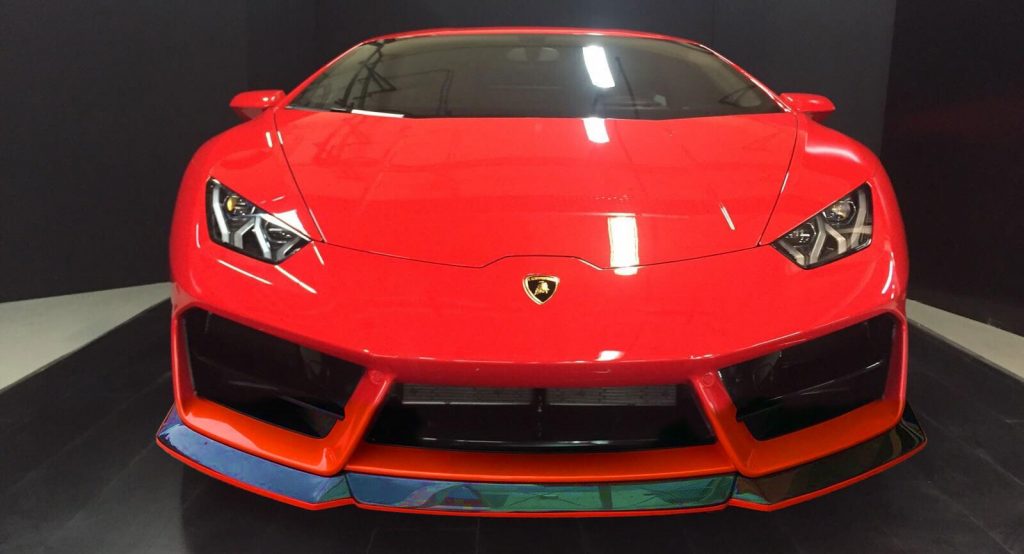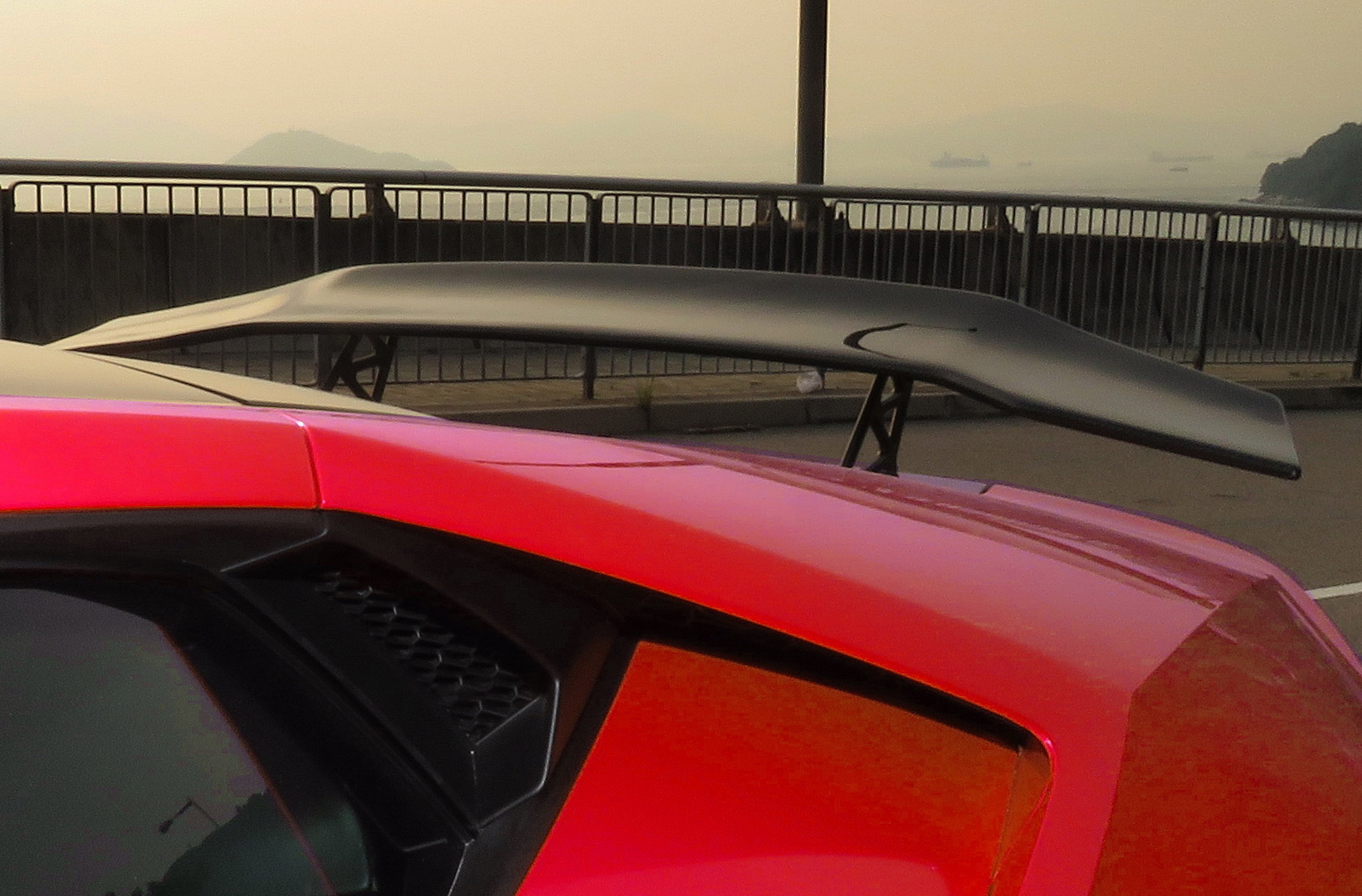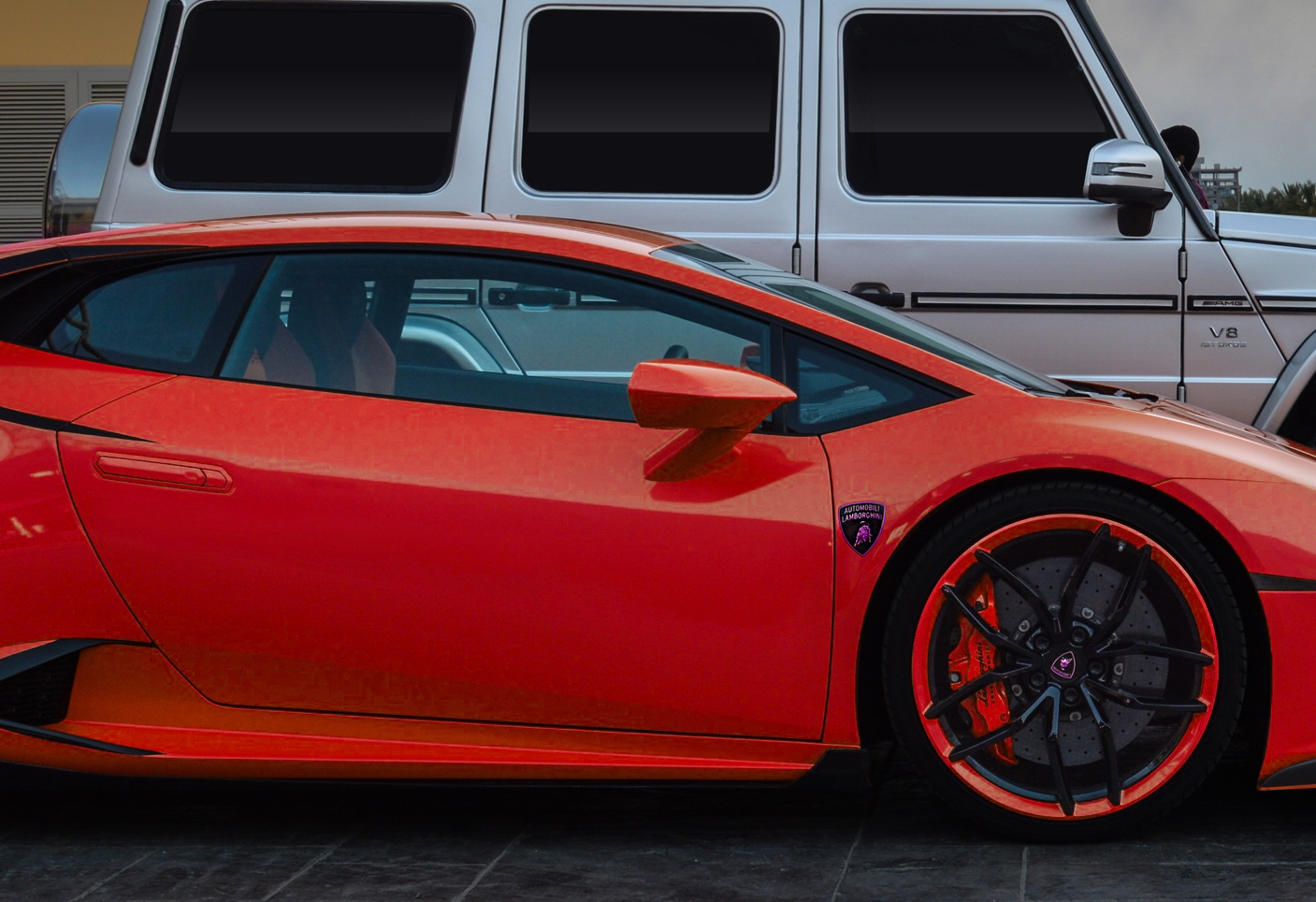Despite being one of the first tuners to take on the Lamborghini Huracan, DMC somehow hadn’t put their hands on the rear-wheel drive version of the Italian supercar – until now.
The changes aren’t dramatic, and anyone who’s not familiar with the automaker’s stock products won’t be able to tell the difference. Those who can, however, will see that the Giro (Italian for “round” or “lap”) sports a new front apron, side skirts and rear wing.
The latter has previously been used on other kits for the Huracan, is German TUV certified and can be set to three different angles called the GT, Cruise and Fun. These visual updates don’t only give the supercar a meaner stance, as they improve the aerodynamics as well, so it’s a win-win.
Also Watch: RWD Huracan Is Predictably More Fun, But Does It Live Up To Its Promises?
The 5.2-liter naturally aspirated V10 has remained untouched. Thus, it’s still producing 580 PS (572 hp / 426 kW) and 540 Nm (398 lb-ft) of torque. With a dry weight of 1,389 kg (3,062 lbs), the Huracan LP580-2 has a power-to-weight ratio of 2,39 kg/PS and, according to Lamborghini, can hit 62 mph (100 km/h) in 3.4 seconds and reach a 320 km/h (198 mph) top speed.
It may be the base version of the Huracan, but the rear-wheel drive model is very exciting. In fact, some reviewers claimed that it could very well be the most engaging version of the baby Lambo on sale, as it’s lighter than the AWD variants and, losing the front diff means it doesn’t suffer from the latter’s understeer. Of course, the Performante wasn’t born back then, but that’s still one bold claim.





